UMass Amherst chemical engineer receives $1.4M NSF grant to create programmable living devices for drinking water contaminant removal
Scienmag
JUNE 28, 2022
. — Lauren Andrews, University of Massachusetts Amherst assistant professor and the Marvin and Eva Schlanger Faculty Fellow in the department of chemical engineering, has received a three-year, $1.4 Credit: UMass […].

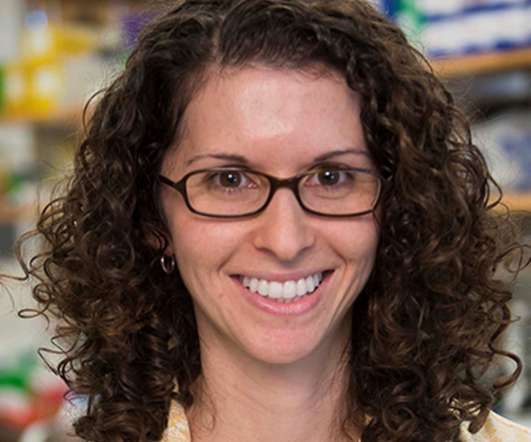
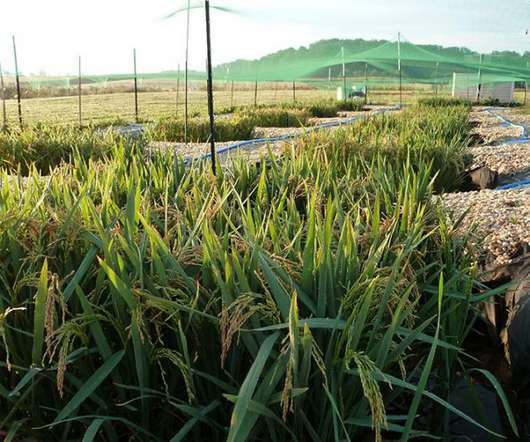
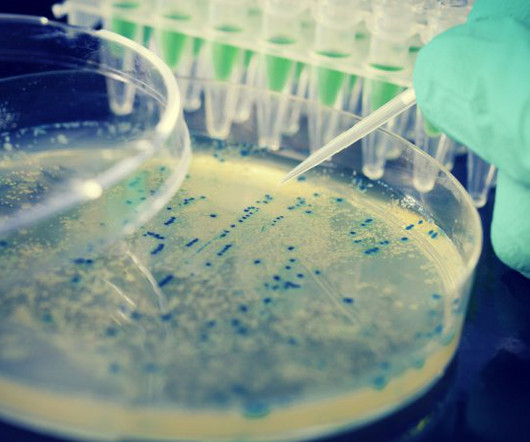
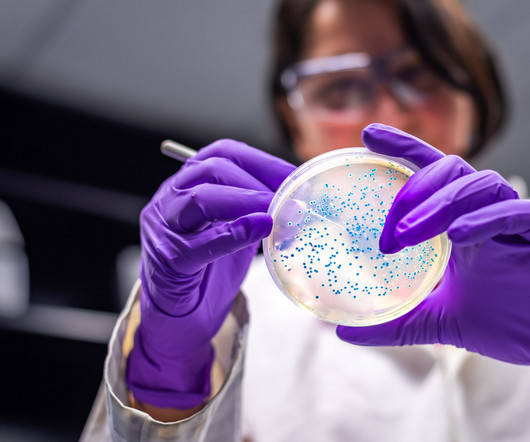
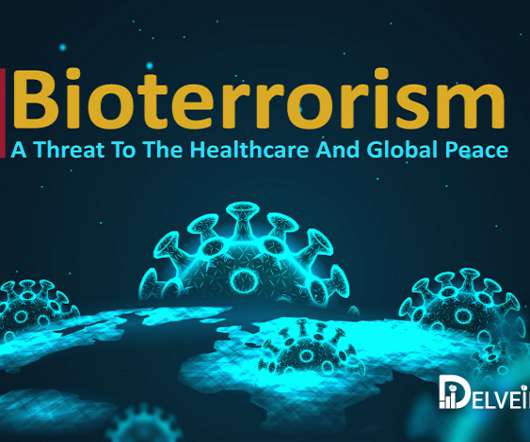
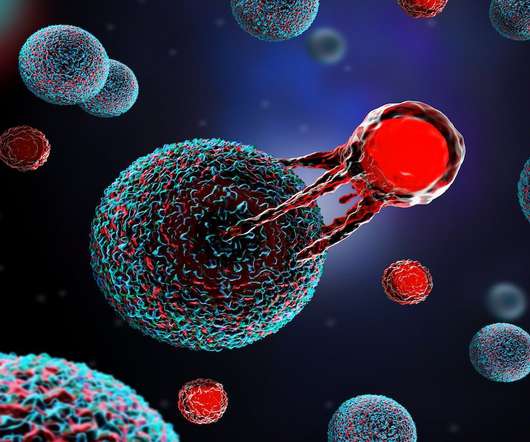







Let's personalize your content